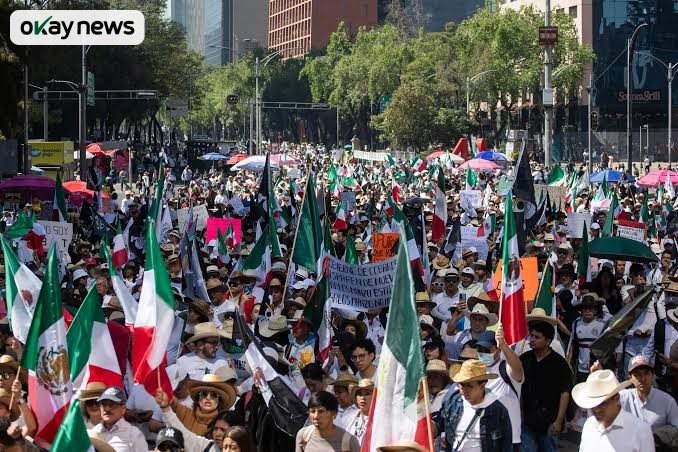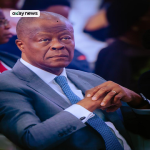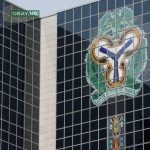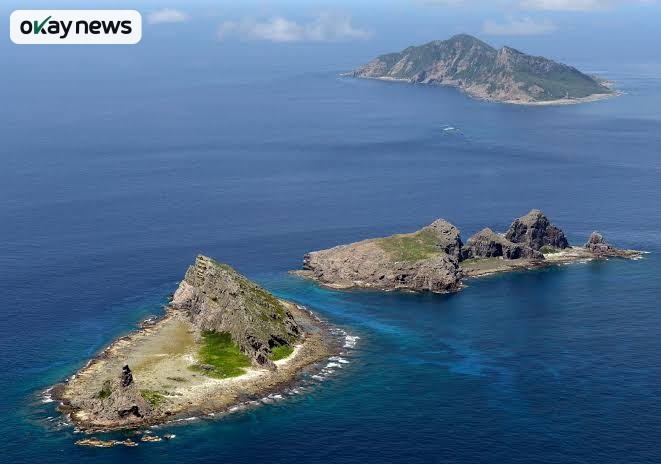Thousands of people across Mexico took to the streets on Saturday in nationwide protests against rising crime, corruption, and government impunity. The demonstrations, initially organized by members of Generation Z, quickly grew into a broad movement that drew older activists, opposition supporters, and citizens demanding accountability following the recent killing of Michoacán Mayor Carlos Manzo.
In Mexico City, tensions escalated when a small group of hooded protesters tore down fencing around the National Palace, the official residence of President Claudia Sheinbaum. Riot police responded with tear gas, triggering chaotic clashes in the Zócalo. According to local officials, about 100 police officers were injured—40 of whom required hospital treatment—alongside 20 civilians. Authorities reported 20 arrests and said another 20 protesters were detained for administrative violations.
Mexican news outlet El Universal reported that security forces fired tear gas and threw stones at demonstrators as crowds pushed toward the palace perimeter. Protesters, some of whom were treated by volunteer medics marching with them, were eventually dispersed after police chased them across the plaza.
The protest was led by a group calling itself “Generation Z Mexico,” which describes itself as a non-partisan youth movement demanding an end to violence and abuse of power. However, the movement’s legitimacy has become a point of contention. While some young influencers distanced themselves from the planned protests earlier in the week, prominent political figures—including former President Vicente Fox and billionaire Ricardo Salinas Pliego—publicly endorsed the demonstrations. President Sheinbaum accused right-wing groups of using bots and political messaging to inflate turnout and infiltrate the youth-led effort.
Observers note that the Gen Z-driven demonstrations in Mexico follow a broader global trend. This year alone, similar youth-led uprisings have taken place in Nepal—where protests over a social media ban led to the resignation of a former prime minister—and in Madagascar, where demonstrations against water and electricity shortages eventually triggered the collapse of the government.
Many of Saturday’s protesters said they were motivated by fear and frustration over rampant crime. Some carried symbols associated with Gen Z activism, including the pirate skull flag. Among them was 29-year-old business consultant Andres Massa, who said the government must restore security. Others, like 43-year-old physician Claudia Cruz, demanded more funding for public hospitals and better protection for health workers who face growing risks in violent regions.
The killing of Mayor Carlos Manzo, who was assassinated on November 1 after spearheading an anti-cartel campaign in his city, added urgency and grief to the protests. Supporters of Manzo marched in Michoacán and many traveled to the capital to demand justice. “The state is dying,” said Rosa Maria Avila, a 65-year-old from Patzcuaro, who praised Manzo for confronting criminal networks despite the danger. “He had the courage to send officers into the mountains. That’s why they killed him.”
President Sheinbaum, who has maintained high approval ratings since taking office last year, is now facing fresh scrutiny over her security policies as violence and high-profile killings continue to unsettle the country.











